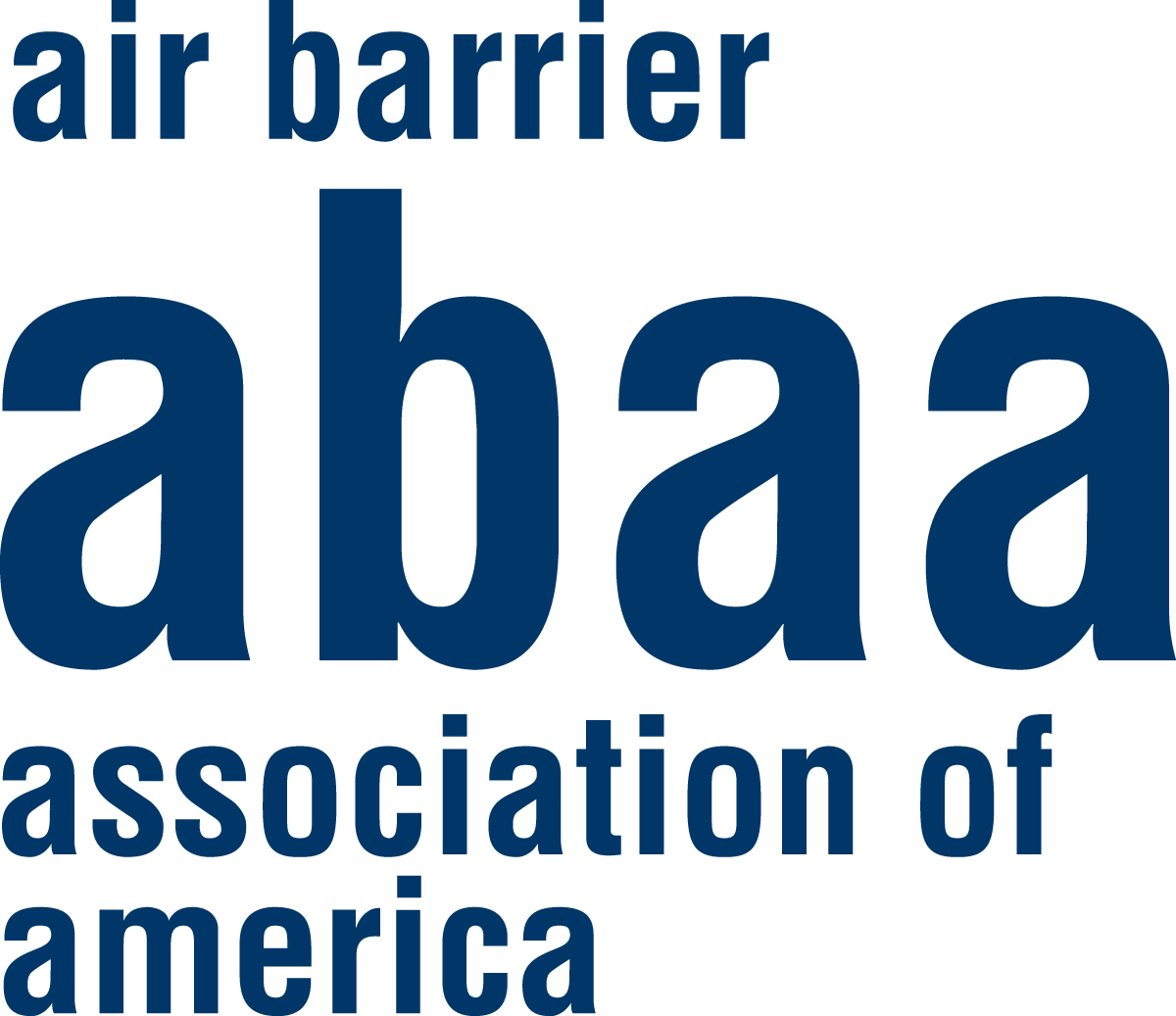How to Properly Specify an Air Barrier
Sponsored by Air Barrier Association of America | Presented by Ryan Dalgleish
Webinar On-Demand
Design and construction documents are one of the first steps towards achieving an effective layer of airtightness to manage moisture and air movement. The importance of a proper specification and construction documents is a first step in the design phase and a well-articulated specification will ensure that the owner is provided with materials, performance and quality. This session will explore some of the consideration and language that should be reviewed prior to developing a specification and will outline code requirements, performance requirements, what can be done for quality and ensuring material selection meets the intent of design and for crucial coordination with other components of the enclosure.

Photo courtesy of the Henry Company

|
Ryan Dalgleish, has been involved in the building enclosure and building performance areas of construction for over 20 years. He is an educator and developer of building enclosure education and credentialing programs for building sub-trades, architects, code officials and consultants and is part of the Quality Assurance management team for field air barrier installation across North America. Ryan is a certified Net Zero building instructor and is a frequent speaker at various technical events and conferences across North America. |
The Air Barrier Association of America (ABAA) is a national, not-for-profit trade association comprising a broad cross section of stakeholders in the building enclosure industry. Their membership, which is over 650 member companies, includes manufacturers, architects, engineers, trade contractors, researchers, testing & audit agencies, consultants and building owners. ABAA is the national voice of the air barrier industry and the number one resource for anything to do with air and moisture barriers.
Originally published in Process Heating
Originally published in March 2022
LEARNING OBJECTIVES
- Through a review of code language of IECC 2018 and ASHRAE 90.
- 1, determine the code compliance options for air barriers and requirements for materials, assemblies and whole building airtightness.
- Recognize the various test methods for air barrier materials and assemblies as it relates to air, water, fire and other key requirements.
- Analyze the other control functions for a wall assembly and determine if the air barrier also provides vapor control or water resistance.
- Identify key language for three-part specification to articulate performance standards, execution and quality requirements.










